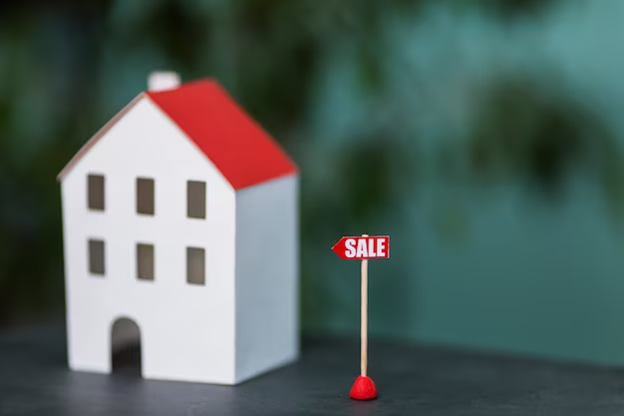
Embarking on a journey into the world of real estate investment goes beyond acquiring a property. It involves the process of revitalizing homes and communities. The rehabilitation phase plays a role in this venture encompassing stages that contribute to transforming distressed properties into vibrant and market-ready homes. In this blog, we explore the intricacies of the rehab process from the purchase to the final sale. We shed light on the steps involved and the challenges and rewards that come with this dynamic undertaking.
The Art of Selecting Properties
Selecting properties is perhaps the most important aspect of the rehab process. Before investing, you must identify the best option for you.
Spotting Potential
The first step in the rehab process is identifying properties with potential. These could be houses with issues or neglected gems that require TLC. Wise investors recognize these opportunities when others see challenges.
Thorough Research
Analyzing properties, including inspections and market research enables investors to make decisions. Understanding renovation requirements and estimating costs are factors for success in any rehab project.
Sealing the Deal
Once a promising property is identified negotiations begin to secure it. This stage involves discussions on price, terms, and conditions highlighting an investor’s efficiency, in closing deals.
Legal. Documentation to formalize the acquisition of a property is crucial to overcoming obstacles and completing all paperwork. This entails conducting title searches working closely with attorneys and ensuring that all documentation meets requirements.
Creating the Transformation
Transforming the property to reach its full potential is the second step to successfully flipping a house.
Developing an Architectural Vision
Collaborating with design experts to envision the transformation plays a role, in this process. Investors need to strike a balance between aesthetics, functionality, and cost-effectiveness to create a marketable result.
Budgeting for Success
Creating a budget that covers all aspects of the renovation, including materials and labor costs is essential. Effective budgeting ensures that the project stays on track and remains financially feasible.
Execution and Construction
Although you may have an excellent idea and the perfect design in mind, you can’t get anything done without executing the plan perfectly, so the property is safe and comfortable.
Project Management
Coordinating construction elements such as hiring contractors and managing timelines is a responsibility. Investors must oversee the realization of their vision while adapting to challenges.
Ensuring Quality Control
Upholding high-quality standards throughout the construction phase is imperative. Regular inspections and compliance with building codes contribute to the long-term success of the renovation.
Preparing for Market
Marketing is crucial to any business. You can’t expect to get a return on your investment without marketing the property well.
Strategic Marketing
Positioning the renovated property in the market requires marketing efforts. This includes photography, property descriptions, in-listings, and targeted outreach to potential buyers.
Getting the Pricing Right
When it comes to determining the price for a renovated property it’s important to find a balance between the investment made and the current state of the market. Setting the price high might discourage buyers while setting it too low could negatively impact your return on investment.
Completing the Transaction
The last thing you need to do after working on the property and taking each step successfully is complete the transaction.
Smooth and Efficient Deals
The final step in the rehabilitation process involves closing the deal. Being prepared to handle all legal aspects well as ensuring a seamless transfer of ownership is crucial for a successful transaction.
Advantages of Investor-Driven Approach
Unlike sales investors have an advantage in the real estate market as they possess the funds to swiftly close deals.
In Conclusion
The journey of rehabilitating properties requires planning, financial expertise, and a keen eye for opportunities. From selecting properties initially to eventually closing deals investors navigate challenges along this path and celebrate transforming neglected homes into desirable properties ready for sale. As we have explored in this blog post, rehabbing isn’t about making investments; it’s also about making commitments, towards improving communities and contributing to the overall well-being of the real estate market.
Embarking on the path of real estate rehabilitation is a fulfilling endeavor that requires a blend of creativity, business expertise, and a genuine passion for revitalization. It’s a journey that offers rewards to those who’re willing to explore it.
